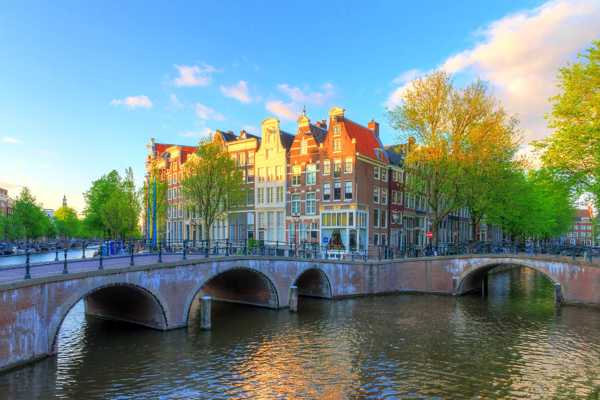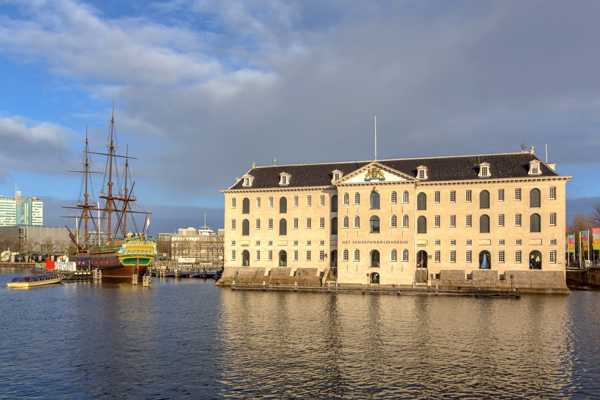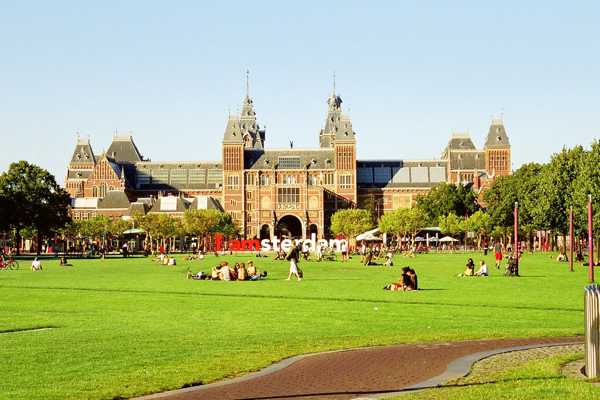The Singelgracht (Causeway Canal) is a significant canal and the former protection line of Amsterdam. Encompassing the entire city centre, its foundations were laid in the early 1600s when the Dutch capital expanded its city borders. Until the late 19th century, the waterway formed a heavily armed defence wall, including magnificent walls and guard towers.
With a length of 6.3 km, the Singelgracht is the longest canal in Amsterdam. Along the way. you can find some of the city’s most favoured parks and moving monuments. The well-known Vondelpark’s eastern end and the legendary Rijksmuseum art institution border this quintessential waterway.
Normally, you’d need a couple of hours to cycle or walk past the canal's most interesting locations. Allocate more time if you’re planning to enter museums along the Singelgracht.
Singelgracht in Amsterdam - one of the highlights of 10 Best Canals in Amsterdam and 10 Best Markets in Amsterdam (Read all about Amsterdam here)
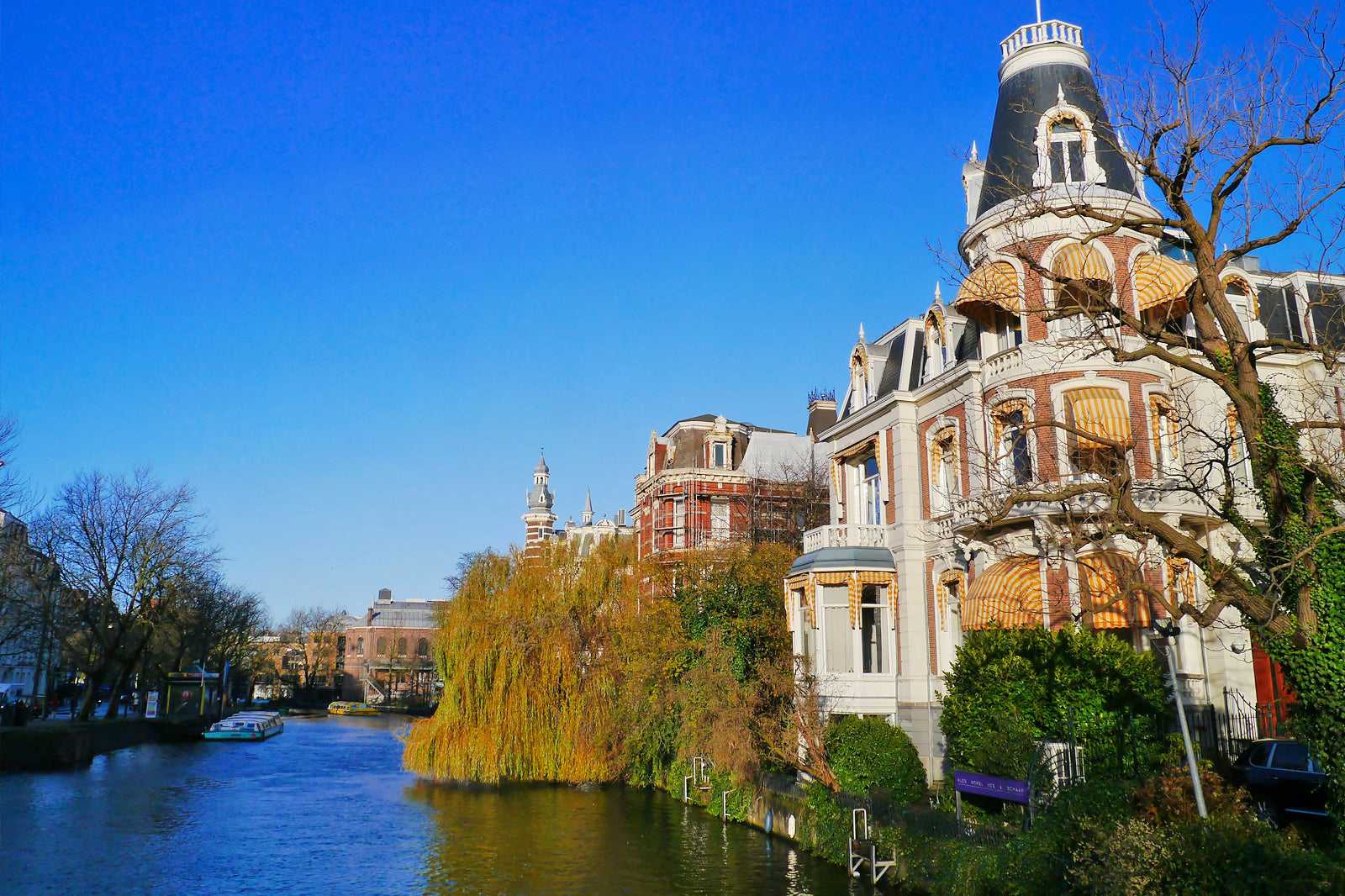
What are the highlights of the Singelgracht?
The Singelgracht has a prominent position as a half-circle around the city centre, meandering past numerous structures, parks, and galleries. One of the most remarkable buildings on the canal banks is the Rijksmuseum, an art museum with incredible works of some of the Dutch masters. Inside, you can see paintings by Rembrandt van Rijn and Vincent van Gogh.
The eastern entrance of the Vondelpark is just a short walk from the Rijksmuseum. This urban park allows for a well-deserved break, picnic, or a stroll past ponds and flowerbeds. From the Vondelpark, it’s a straightforward walk to the Dubbeltjespanden, a charming alley with historic workers’ homes.
Further east, the Tropenmuseum makes for a commendable stop. This ethnographic museum has over 8 galleries, displaying artefacts and cultural objects from all over the world. Just a short walk from the museum is the Artis Amsterdam Royal Zoo, a great place for families looking to see exotic animals in the Dutch capital,
Adjacent to the Singelgracht, several bars and restaurants with outdoor seating provide diners with pretty canal vistas.
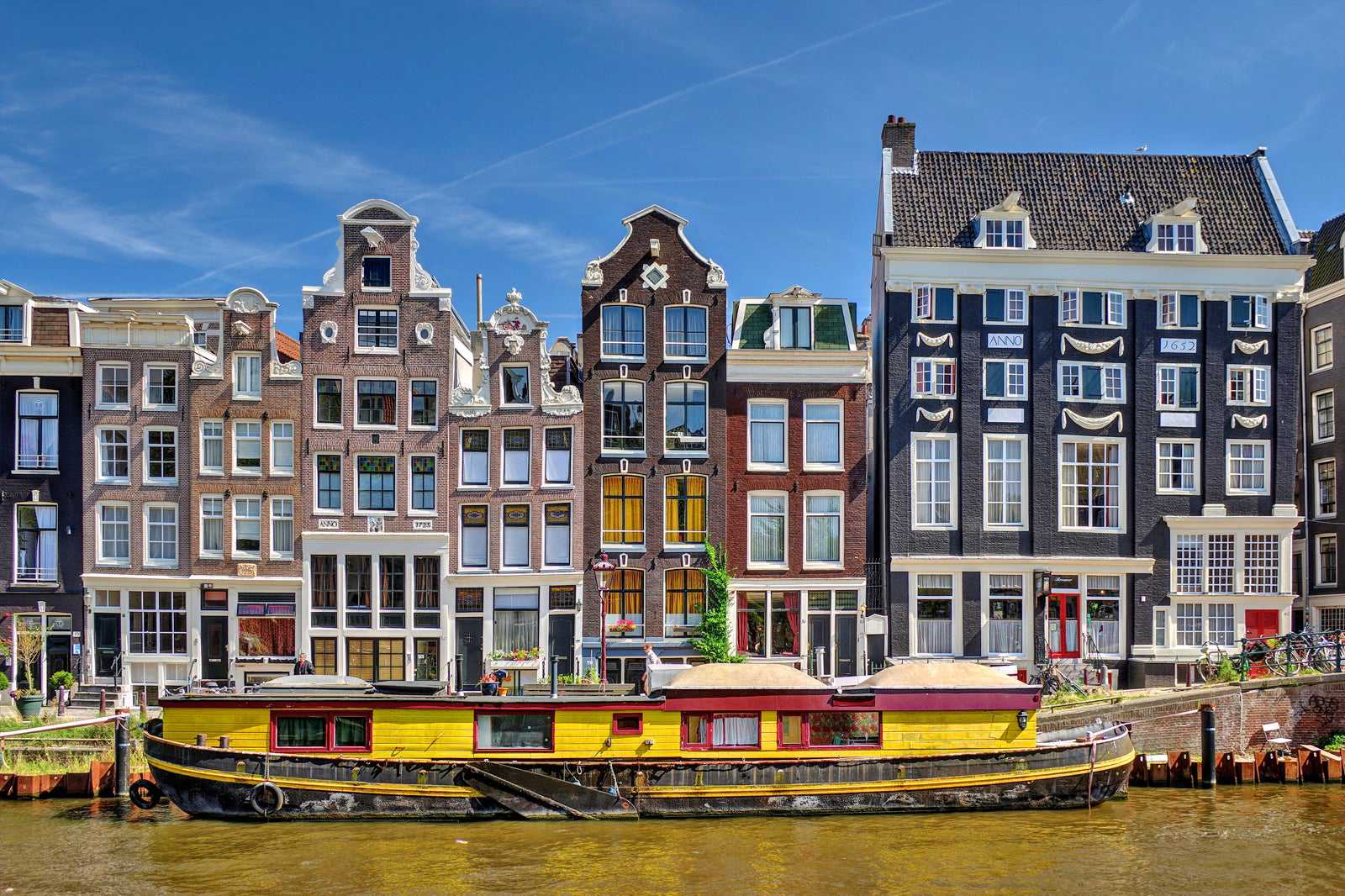
A brief history of the Singelgracht
The Singelgracht was a result of the fourth expansion of Amsterdam, which at that time was a flourishing hub for trade and one of the largest cities in the world. The canal was drawn like a circle around the older canals, such as the Singel, Herengracht, and Kloveniersburgwal. This all happened in 1663 when the canal was created as a bastille around the prosperous municipality. Across the 60-metre-wide waterway, 8 gates and 26 defence towers were constructed to protect the city from harm. The location of the former towers, called bolwerken, are indicated by plaques in the street.
It was only in 1877 that Amsterdam expanded even further, and the Singelgracht was no longer the city’s outer border. The canal became less wide, and the citadel’s towers were removed to make way for residential areas.
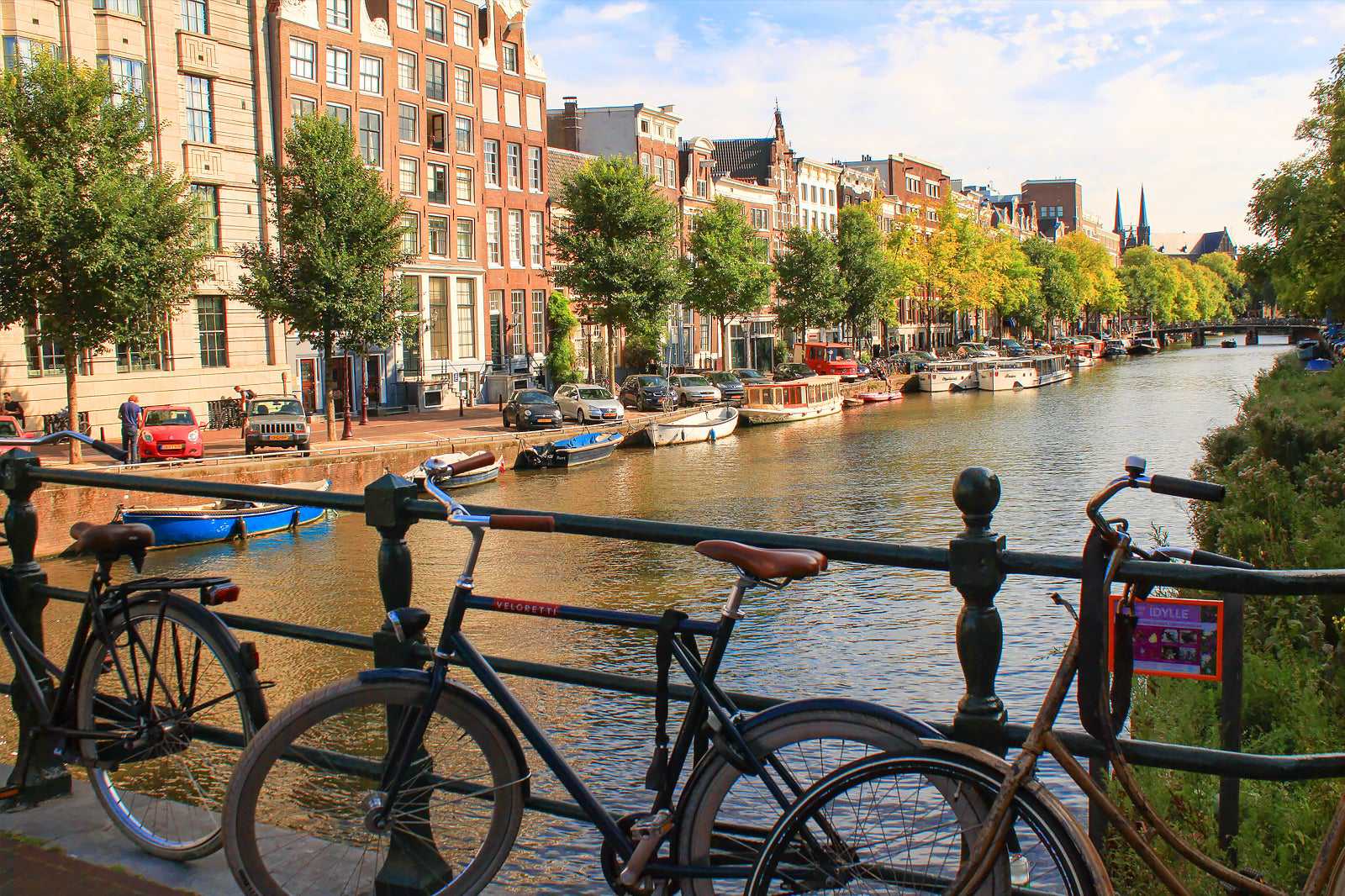
Good to know about the Singelgracht in Amsterdam
Keep in mind that most canal boat tour operators omit the Singelgracht from their itineraries, as this canal is part of the outermost layer of the centre. The best (and most thorough) way of seeing this channel is by walking or cycling. Another way to navigate this broad channel is by pedalboat, which you can rent from the nearby Keizersgracht.
Unlike numerous canals in Amsterdam, the streets along the Singelgracht don’t carry the same name as the waterway itself. Instead, look up street names such as Nassaukade and Marnixkade when you want to explore the Singelgracht.
The Singelgracht differs from the Singel, an Amsterdam gracht (canal) close to the Amsterdam Centraal train station, the Royal Palace, and the Nieuwe Kerk (New Church).














